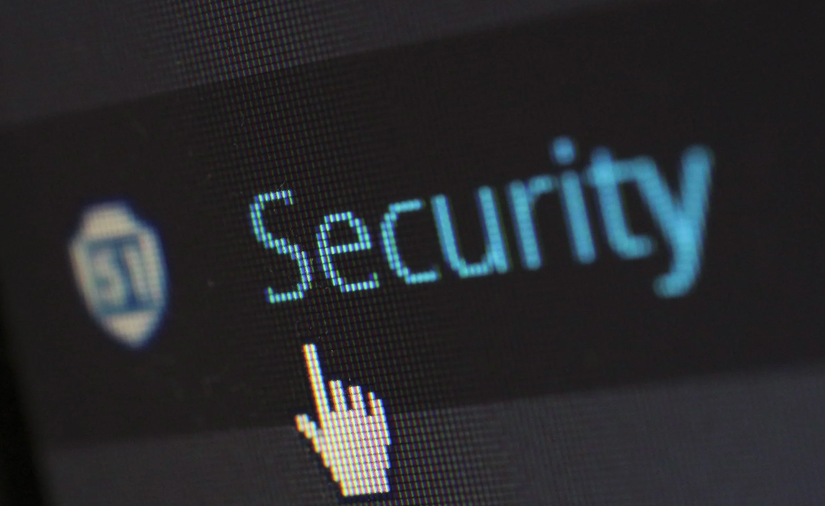Why MFA Should Be Enabled for Your Business
As businesses continue to rely more heavily on digital processes and data storage, the need for online security measures becomes increasingly critical. One such measure that all businesses should consider is Multi-Factor Authentication (MFA). In this article, we’ll explore what MFA is, why it’s important for your business, and how you can enable it to better protect your organization from cyber threats.
What is MFA?
Multi-Factor Authentication, or MFA, is a security measure that requires users to authenticate their identity through multiple methods before granting access to a device or system. There are several types of MFA, including:
Something you know: This can be a password, PIN, or answer to a security question.
Something you have: This can be a physical device, like a smart card or security token, or a virtual device, like a mobile phone.
Something you are: This is biometric information, like a fingerprint or facial recognition.
MFA works by requiring users to verify their identity through two or more of these methods, providing an additional layer of security beyond a simple password.
Why MFA is Important for Your Business
MFA is crucial for businesses of all sizes because it provides an added layer of protection against cyber-attacks. Passwords alone are no longer enough to secure your organization’s sensitive data and systems. According to a recent report by Verizon, 80% of hacking-related breaches in 2019 were due to compromised or weak passwords. By requiring multiple factors of authentication, MFA significantly reduces the likelihood of a successful attack.
The consequences of a data breach can be severe, especially for small businesses that may not have the resources to recover quickly. A data breach can result in lost revenue, reputational damage, legal fees, and regulatory fines. By enabling MFA, you can help protect your business from these potential threats.
The Impact of MFA on Your Business
Enabling MFA has several benefits for your business, including:
Increased security measures: As mentioned earlier, MFA provides an additional layer of security beyond passwords, making it more difficult for cybercriminals to access your systems and data.
Improved productivity: MFA can actually improve productivity by reducing the time spent on password resets and account recovery. Instead of waiting for IT to reset a password, users can use their secondary authentication method to gain access to their accounts.
Cost-effectiveness: The cost of implementing MFA is relatively low compared to the potential costs of a data breach. Investing in MFA now can save your business money in the long run by reducing the risk of a costly cyber-attack.
Steps to Enable MFA for Your Business
Enabling MFA for your business is a simple process that can be done in a few steps:
Determine which MFA method is best for your organization.
Choose a service provider that offers MFA, such as Microsoft, Google, or Duo.
Configure MFA for your users and devices.
Train your employees on how to use MFA effectively.
Best practices for MFA usage include regularly updating passwords, disabling MFA for inactive users, and monitoring MFA logs for suspicious activity.
Conclusion
In conclusion, MFA is a critical security measure that all businesses should consider implementing to protect against cyber threats. By requiring multiple factors of authentication, MFA significantly reduces the likelihood of a successful attack and provides added peace of mind. Enabling MFA is a simple process that can improve your organization’s security, productivity, and cost-effectiveness. Don’t wait until it’s too late – enable MFA today.



